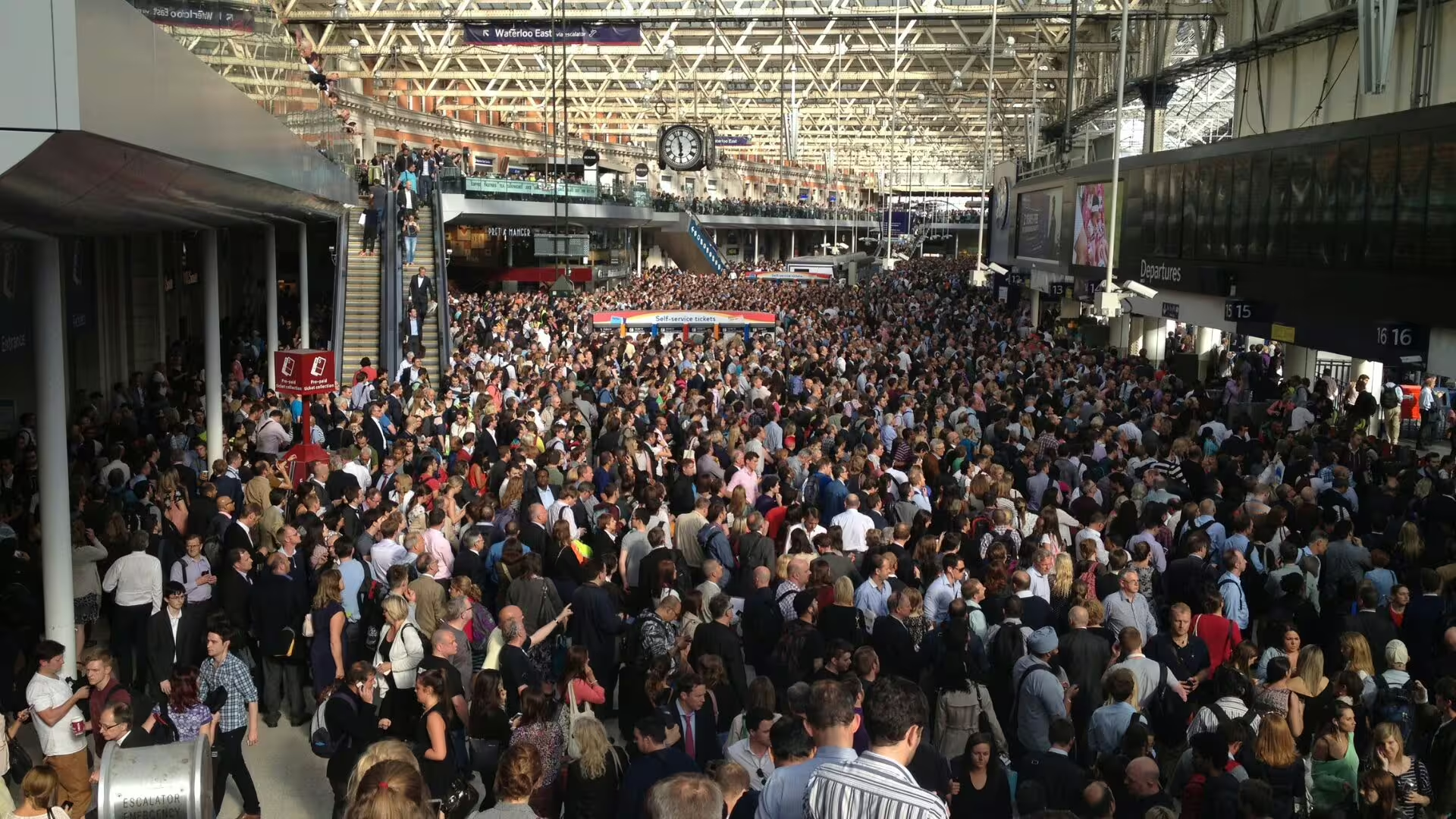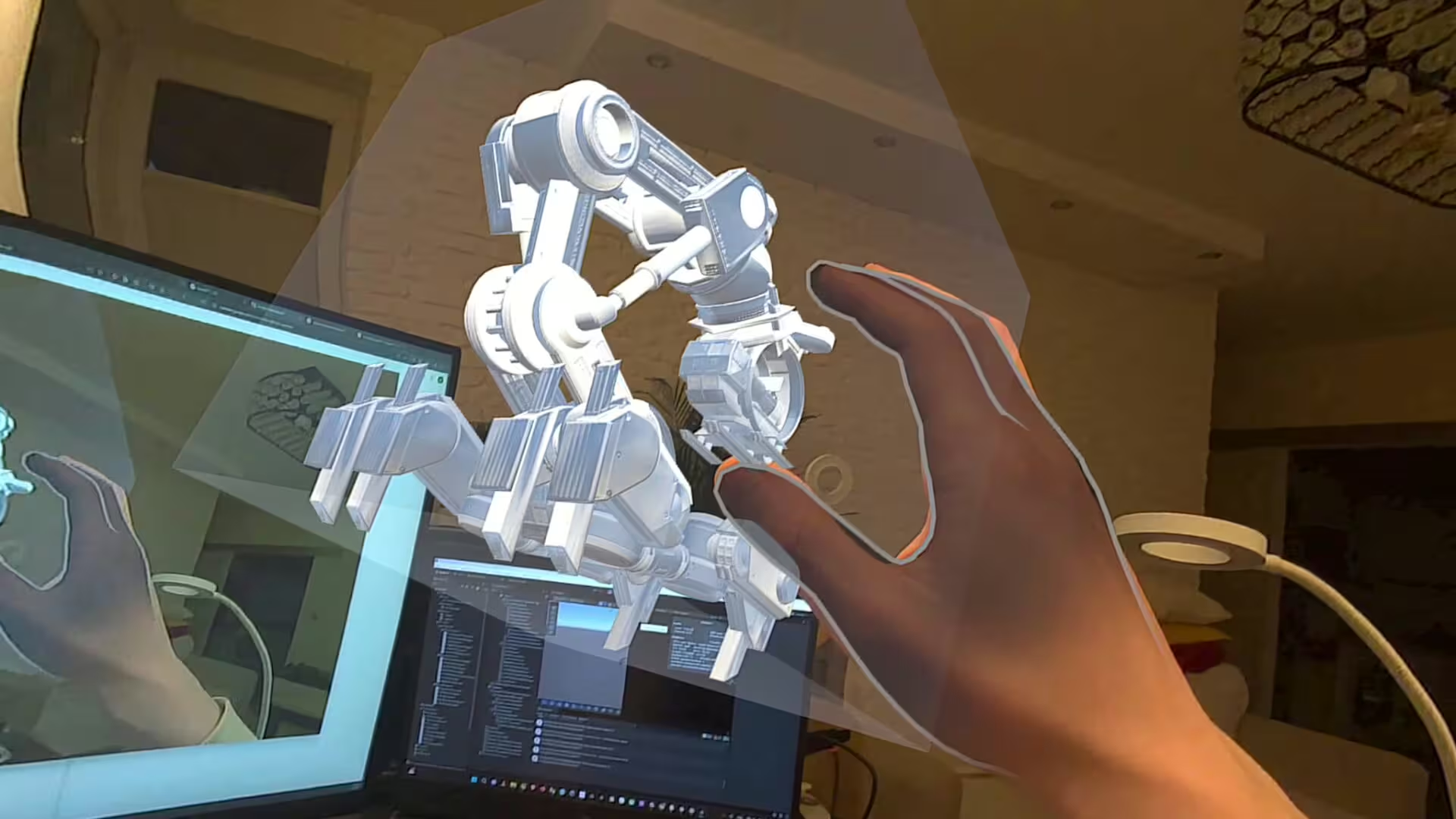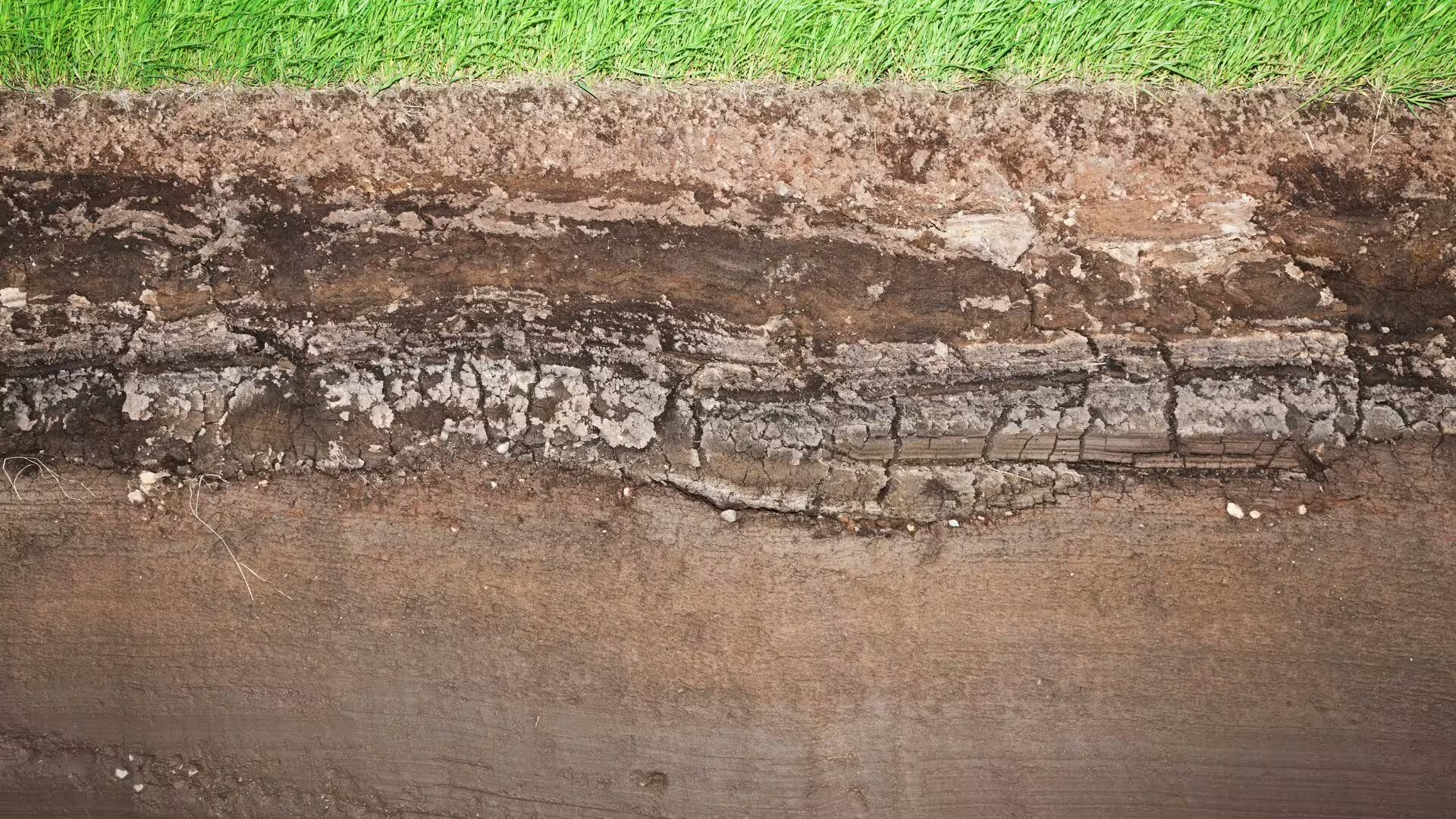W niniejszej pracy rozwiązano metodą elementów skończonych (MES) równanie adwekcji z regularyzacją jako model dynamiki tłumu. Użyty jest schemat pół-otwarty. Rozpatrywane są trzy wersje warunku brzegowego w modelu – Dirichleta, Neumanna oraz hybrydowy Dirichleta-Neumanna. Te i kilka innych ustawień, wartości współczynników modelu są rozpatrywane w celu znalezienia ustawień tych najlepszych numerycznie. W tym celu wykonano szereg eksperymentów numerycznych. Do implementacji użyto pythonowej biblioteki FEniCS. Zrobiono eksperymenty numeryczne dla różnych wartości współczynnika regularyzacji kappa. Obliczono liczbę Couranta dla równań typu adwekcji-dyfuzji.
In this paper, the equation of advection as a model of crowd dynamics has been solved by the Finite Element Method (FEM) with a semi-open pattern. The following three versions of the boundary condition have been considered in the model: Dirichlet, Neumann and the hybrid Dirichlet-Neumann. By using these and several other settings, the values of the model coefficients have been considered to find the best numerical solution. For this purpose, the series of numerical experiments have been performed. The Fenics python library for the analysis has been used. It have been conducted some experiments for different values of the regularization coefficient. It also has been calculated the Courant number for the advection-diffusion equation.




